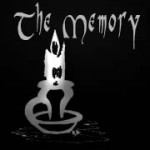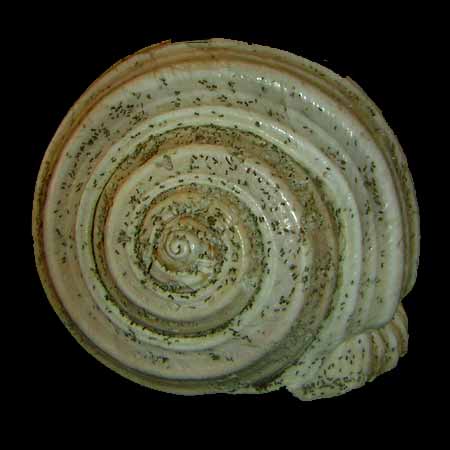 When New Year to the South arrives
When New Year to the South arrives
under winter airs we celebrate a summer feast
which in its northern origins in their calendar marks the year’s half
and to June grants the sixth month being for us both, last and first
The forgotten history of the Feast of St. John carries me from South to North, from celebrations to religions, from calendars to natural cycles, from cold to hot, from Europe to La Paz, Bolivia, from oblivion to legend, from legend to social struggle…
 From South to North: The Feast of St. John arrives to our southern territories with Spaniards and the cross, still celebrated nowadays in Europe and numerous places in Europe, where they recognize the lost origins of this celebration in prehistoric cultures, among them the vettona, celtic people, same as bull feasts. St. Agustin himself in one of his works complaining for his coughing attack after a St. John’s Feast, recognizes Catholic appropriation of this cultural event of the people, saying that although the feast had been cristianized, the smoke was still pagan.
From South to North: The Feast of St. John arrives to our southern territories with Spaniards and the cross, still celebrated nowadays in Europe and numerous places in Europe, where they recognize the lost origins of this celebration in prehistoric cultures, among them the vettona, celtic people, same as bull feasts. St. Agustin himself in one of his works complaining for his coughing attack after a St. John’s Feast, recognizes Catholic appropriation of this cultural event of the people, saying that although the feast had been cristianized, the smoke was still pagan.
From religion to heressy: Centuries later, St. John’s Feast itself was considered as pagan as heretic, just like the observation of Summer Solstice that happened days before, to the extent that Mrs. Inquisition prohibited, repressed, excomulgated and applied all its arsenal to dissapear it, understandind that the practice of those customs, bonfires, rituals, games and others were ‘supertitions’.
From calendar to natural cycles: St. John’s Feast came one day to take into oblivion Summer Solstice in the North. The publication El Almanaque from Spain manifests openly the superimposing of St. John to Summer Solstice, expressing that it is not a calendar that marks that date, but all the calendars of all times and all cultures, adding as if making fun that the last one to arrive into the party was the saint. Summer Sosltice marks the year’s half initiated with Winter Solstice in the Solar Cycle, our navigation on the planet around the Sun by natural laws.
From cold to hot: And us, in the South, surrounded by cold, when we just started the solar year, keep on celebrating St. John, maybe as a way to perpetuate the observation of Winter Solstice among the people that not even with the Inquisition forgot their natural historic legacy. In spite of it, established the summer feast from the North, which happens by their midyear there, was also a way to take into oblivion Winter Solstice.
 From Europe to La Paz, Bolivia: The night of June 23rd, we celebrate St. John lighting up bonfires, that once abounded around all neighborhoods of the city starting at sunset, ponche the traditional drink was consumed, old things were burned to start anew, couples jumped over the bonfire making a wish, neighbors got together and parties extended into dawn. The last years with new municipal norms for the sake of environment, bonfires initiate around midnight, becoming rather semi clandestine acts, under heavens already filled with smoke from ‘chaqueos’ (burning of crop fields) in the country: it’s time to recycle in order to plow later on.
From Europe to La Paz, Bolivia: The night of June 23rd, we celebrate St. John lighting up bonfires, that once abounded around all neighborhoods of the city starting at sunset, ponche the traditional drink was consumed, old things were burned to start anew, couples jumped over the bonfire making a wish, neighbors got together and parties extended into dawn. The last years with new municipal norms for the sake of environment, bonfires initiate around midnight, becoming rather semi clandestine acts, under heavens already filled with smoke from ‘chaqueos’ (burning of crop fields) in the country: it’s time to recycle in order to plow later on.
From oblivion to legend: In Chuquiago Marka (Aymara name of La Paz) and beyond, the urban legend runs around: St. John always forgets his birthday, and keeps running until June 29, day for St. Peter and St. Paul, who find him running agitated and ask: John, where are you running so much? An he answers: “It’s my birthday, I have to get there”. both laugh, reminding him that it has passed, but at the same time feeling satisfied, beacuse John answers that if he knew he would have scattered lots of water and fire. The narration always ends with the prhase “It would be serious if truth is known”.
From legend to social struggle: The last decades, St. John in Bolivia also became part of the social struggle heritage. It was the year 1967, the guerrilla moment and the military government gave the characteristic touch of those times. People from Siglo XX, Potosí, celebrated St. John’s night together with other mining delegates that arrived to carry out a National Assembly, when celebrations around the bonfire’s heat where interrupted by other fires: the army’s guns. Officially 27 were the dead, although they were more. Officially the reason was to fade out a subversive outbreak, a very similar speech to that of ‘witches to the bonfire’. The year started with a blood bath and conflicts for gas unleashed. Since then, the night of June 23rd. we also conmmemorate the ‘Masacre of St. John’.
_________
Read also:
-
Solsticio de Invierno: ¡Feriado Nacional en Bolivia! – Winter Solstice: National Holiday in Bolivia!
-
Para Sincronizarse al Renacimiento – To Synchronize to Rebirth
-
Rueda de la Vida para el Ciclo Solar – Wheel of Life for Solar Cycle
-
Desvinculaciones con la Rueda de la Vida – Broken Links with the Wheel of Life